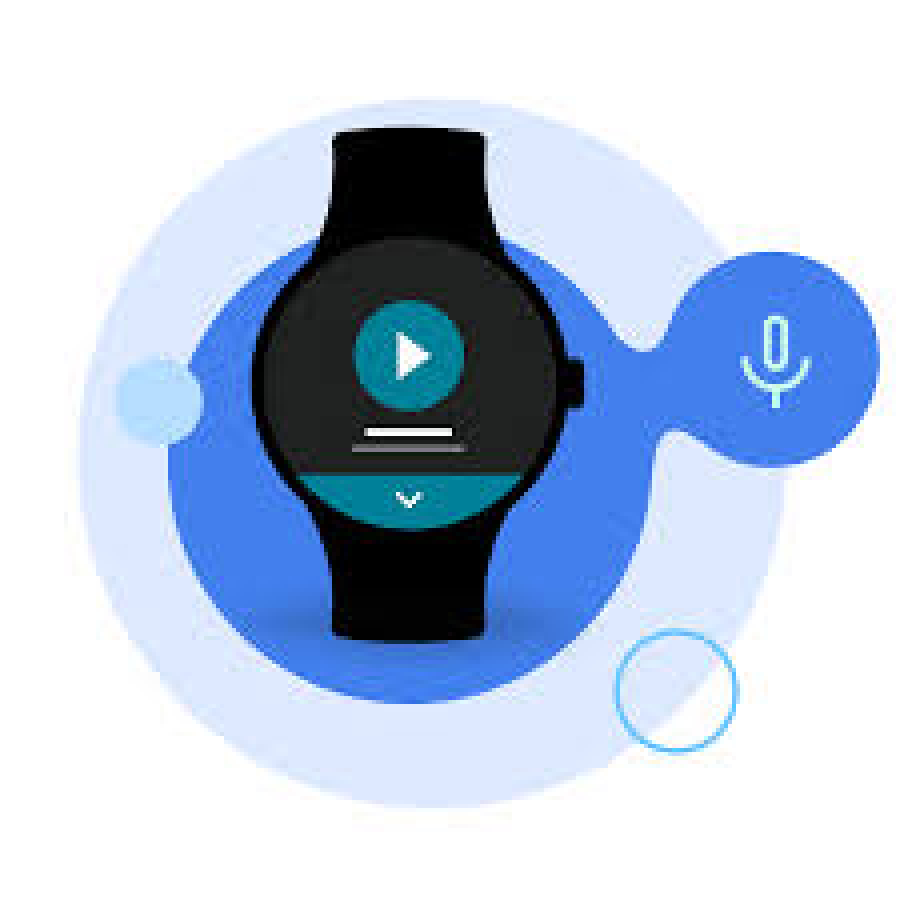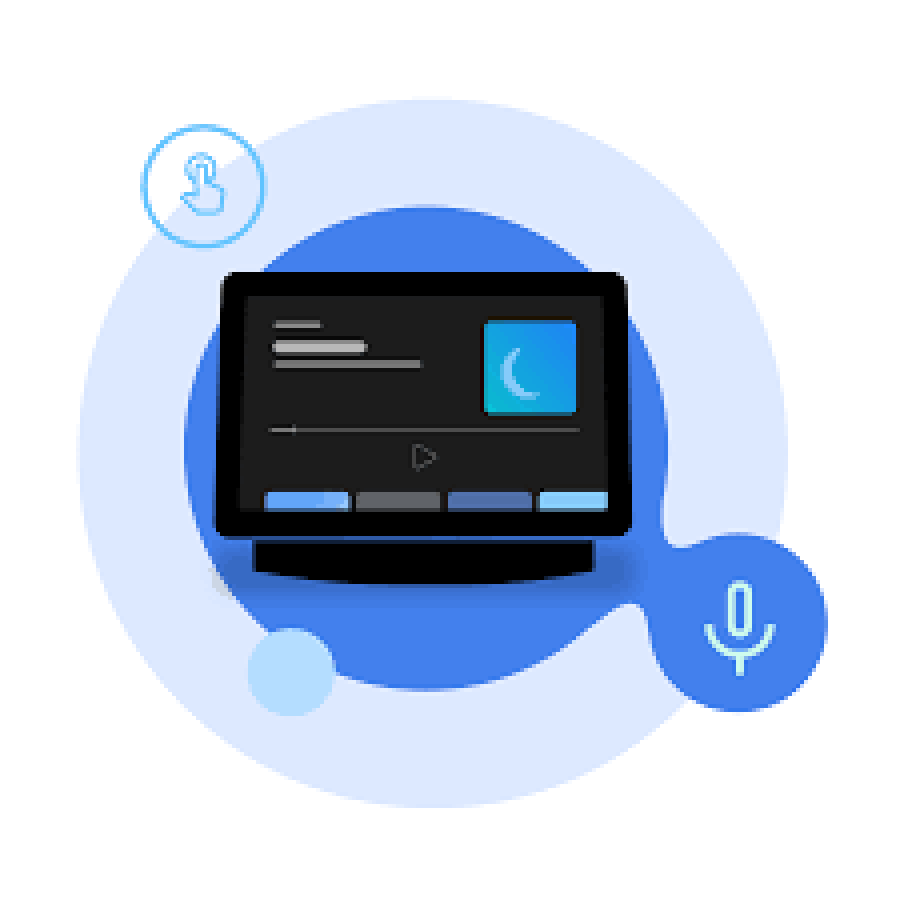How to Optimize Checkout Flow to Increase Sales
A complicated checkout process can lead to cart abandonment and lost sales. Studies show that nearly 70% of online shoppers abandon their carts before completing a purchase. The key to increasing conversions lies in optimizing the checkout flow for a seamless, user-friendly experience.
At FreelancerBridge, we understand the importance of a smooth checkout process for boosting e-commerce sales. In this guide, we’ll explore the best strategies to optimize checkout flow, reduce friction, and maximize conversions.
Step-by-Step Guide to Optimizing Your Checkout Flow
1. Implement a One-Page Checkout
A long, multi-step checkout process discourages customers. Simplify it by:
✅ Reducing the number of form fields.
✅ Offering guest checkout (avoid mandatory account creation).
✅ Using auto-fill for addresses and payment details.
2. Enable Multiple Payment Options
Customers prefer payment flexibility. Ensure you offer:
💳 Credit/Debit cards (Visa, MasterCard, Amex)
🛒 Digital wallets (PayPal, Apple Pay, Google Pay)
📲 UPI & Mobile Payments (for Indian customers)
3. Show Transparent Pricing & No Hidden Fees
Unexpected costs are a major reason for cart abandonment. Prevent this by:
✅ Displaying the final price upfront (including taxes & shipping).
✅ Offering free shipping or discounts for bulk purchases.
✅ Allowing users to apply coupon codes easily.
4. Optimize for Mobile Checkout
With over 60% of online purchases happening via mobile devices, ensure:
📱 A mobile-friendly and responsive checkout page.
⚡ Fast-loading pages with minimal distractions.
🔄 Autofill and easy navigation for mobile users.
5. Use Trust Signals for Security & Credibility
Customers need reassurance that their payments are safe. Increase trust by:
🔒 Displaying SSL security badges (e.g., McAfee Secure, Norton).
🛍️ Highlighting secure payment options (Stripe, PayPal).
📝 Providing clear refund & return policies.
6. Allow Guest Checkout for Faster Purchases
Forcing users to create an account increases drop-off rates. Instead:
🚀 Enable guest checkout with minimal form fields.
🔁 Offer account creation after purchase completion.
7. Optimize Load Speed & Minimize Distractions
A slow checkout page frustrates users. Improve performance by:
⚡ Optimizing images & scripts for faster loading.
🔄 Enabling a progress bar to show checkout steps.
🚫 Removing unnecessary pop-ups or ads.
8. Offer Save Cart & Auto-Fill Options
Make it easy for users to complete their purchase later:
✅ Enable cart saving for logged-in users.
✅ Use auto-fill for shipping & billing details.
✅ Send cart abandonment reminders via email.
9. Provide Live Chat or Customer Support During Checkout
Customers may have last-minute concerns. Address them by:
💬 Adding live chat support or a chatbot.
📞 Offering a helpline for quick issue resolution.
❓ Including an FAQ section for checkout-related queries.
10. A/B Test & Analyze Checkout Performance
Regularly test your checkout process to improve conversion rates:
📊 Use Google Analytics to track drop-off points.
📈 Run A/B tests to optimize button colors, CTAs, and form length.
📢 Gather customer feedback to improve user experience.
Conclusion
Optimizing the checkout flow is essential for reducing cart abandonment and boosting online sales. A faster, simpler, and more secure checkout experience will keep customers engaged and encourage repeat purchases.
At FreelancerBridge, we specialize in e-commerce optimization to help businesses increase their conversions. By implementing these strategies, you can create a frictionless checkout process that maximizes sales and customer satisfaction.


 by Emily
by Emily




